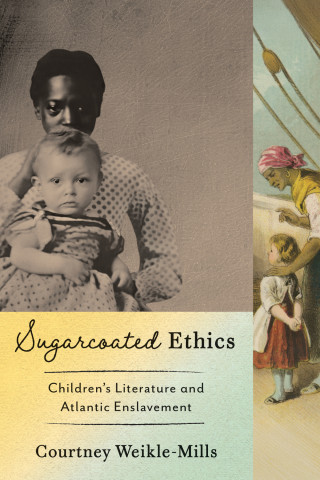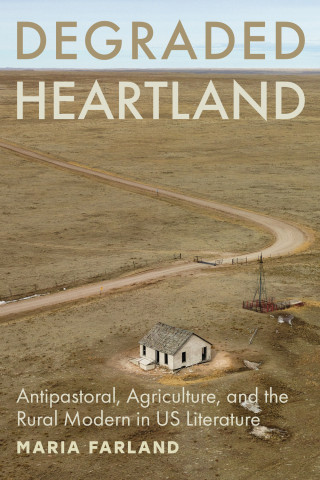
Reviews
An impressive book.
Weinbrot's prose is clear and sharp and witty.
Weinbrot's impressive dissection of the Menippean branch will likely be viewed as a tour-de-force... among studies of satire.
This admirable study makes for the thoughtful taming of an otherwise intractable form, both in the weight that it brings to bear upon its separate arguments and in the care that it applies to their articulation.
This book... offers a strong model for determining the canon and demands that future discussions proceed with care.
Weinbrot... is a proven scholar [and] a genial and generous student of literature, well aware of the intellectual perils involved in working his way through such an argument. He is also breathtakingly learned.
Professor Weinbrot has provided us with a lively, stimulating and readable discussion... The author deserves our thanks for giving his readers considerable intellectual stimulation and food for thought.
A tour-de-force piece of research and criticism that will retain its importance for many years to come. Weinbrot is at the height of his powers and I know of no other scholar who could have mastered this material the way he has. This book displays exceptional historical and critical originality.
Book Details
Preface
Acknowledgments
Introduction
Part I. Classical Practices and Early Modern Adaptions
1. From Menippus the Gadaranean to Varro the Roman
2. Petronius, Senecs, and Julian
3. From Lucian the Debunker to
Preface
Acknowledgments
Introduction
Part I. Classical Practices and Early Modern Adaptions
1. From Menippus the Gadaranean to Varro the Roman
2. Petronius, Senecs, and Julian
3. From Lucian the Debunker to Lucian the Blusher: Revolution in the Menippean Dialogues of the Dead
4. Changes: Menippus Redivivus, menippus Idem, Menippus Sensus
Part II. Menippean Satire by Addition
5. The Preeminence of Weeds: Swift's A Tale of a Tub and Its Parts
6. A Tale of a Tub: "Leze-Majetse" and Further Joining
7. Falling into the Pit: The Battle of the Books and the Mechanical Operation of the Spirit
Part III. Menippean Satire by Genre
8. A Tale of Two Cultures: Boileau's Art poetique in France and England
9. Pope's Menippean Essay on Criticism in France and England
Part IV. Menippean Satire by Annotation
10. Pope's Dunciad, Smithfield Royalty, and Subjects of Disputation
11. The Dunciad and Notable Poem
Part V. The Menippean Incursion
12. Clarissa, Elias Brand, and Death by Parentheses
Conclusion: In Which Something Is Summarized and Something about Evil Is Speculated
Notes
Index





